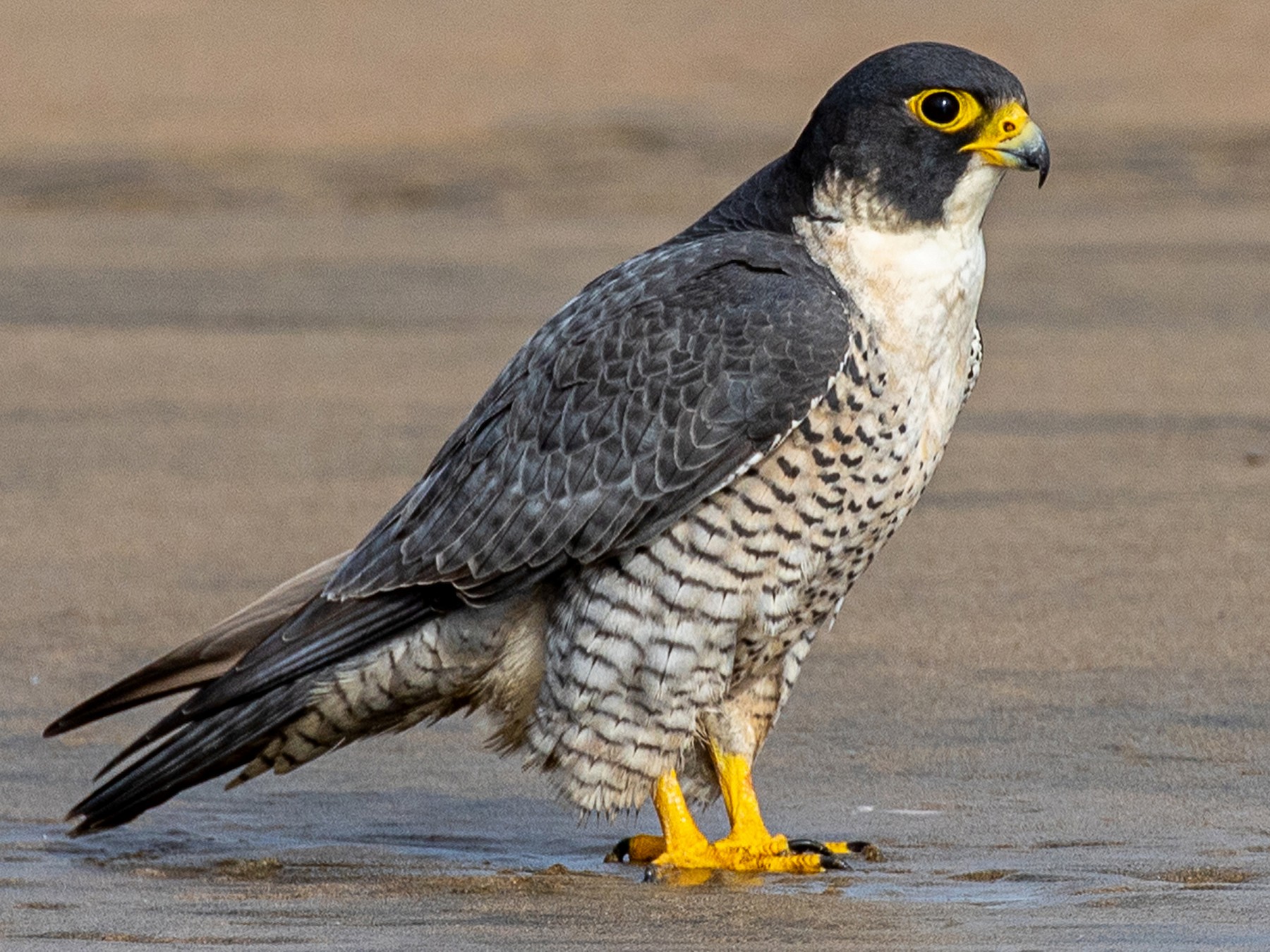Fastest Birds in the World Top 5 For a very long time, have been getting good at flying.
They’ve changed over time, getting sleek shapes and strong wings that let them fly far, escape from danger, and catch their meals.
But some birds take flying to an incredible level.
These special birds go beyond what seems possible, flying so fast that they leave us amazed.

1. Peregrine Falcon (Falco peregrinus)
Speed: 242 mph (389 km/h)
Topping the charts not just among birds but as the quickest creature alive, the Peregrine Falcon’s flying abilities are truly remarkable.
In pursuit of prey, it climbs to impressive altitudes, eyes peeled for smaller birds below.
Spotting a target triggers a breathtaking dive, where it plummets earthward at dizzying speeds hence Fastest Birds in the World Top 5
In these stoops, it can hit speeds up to 242 miles per hour (389 kilometers per hour), striking its prey with deadly precision.
Found across the globe except for Antarctica, these birds are also favored by falconers for hunting.
2. Golden Eagle (Aquila chrysaetos)
Speed: 200 mph (322 km/h)
As North America’s most substantial bird of prey, the Golden Eagle symbolizes power and regality, aside from being one of the swiftest birds.
It boasts a wingspan of 2 to 3 meters and a body weight of around 7 kilograms, making it a formidable hunter.
Its powerful flight muscles allow for prolonged soaring while it hunts for prey.
Upon locating its quarry, it swoops down at speeds reaching 200 miles per hour (322 kilometers per hour), leveraging its sharp vision and potent talons to capture its meal efficiently.
The Golden Eagle also holds a place of honor as an emblem of the United States.
3. Gyrfalcon (Falco rusticolus)
Speed: 130 mph (209 km/h)
Residing in the frosty realms of the Arctic, the Gyrfalcon dazzles with its bright white feathers against the snowy backdrop.
When it launches into flight, its speed heats the icy air, reaching a swift 130 miles per hour (209 kilometers per hour).
This speedster hunts various prey, from birds and small mammals to other raptors.
Showcasing its prowess with a strong frame and potent wings that slice through the biting cold, embodying the essence of an Arctic flyer.
4. Grey-headed Albatross (Thalassarche chrysostoma)
Speed: Approximately 78.9 mph (127 km/h)
However, the Grey-headed Albatross can’t compete with the Peregrine Falcon’s breakneck velocity.
It earns its place among the fastest with its marathon flights across the oceans.
Its long wings and skillful gliding allow it to sustain speeds of around 78.9 miles per hour (127 kilometers per hour) over vast sea stretches.
Their adept use of wind currents supports their incredible journeys, spanning thousands of miles, showcasing their stamina in the air.
5. White-throated Needletail (Hirundapus caudacutus)
Speed: Unconfirmed, but commonly reported as 105 mph (169 km/h)
The enigmatic White-throated Needletail, often linked to the swift family, captivates with its potential for speed.
Despite the absence of confirmed measurements, its estimated top speed of 105 miles per hour (169 kilometers per hour) keeps it in discussions of aerial velocity.
These birds demonstrate remarkable agility, hunting insects’ mid-flight with their needle-shaped tails and rapid wing flaps.
Making them spectacles of speed and maneuverability in the bird world.
Also Read: Fastest Way to Kill a Tooth Nerve: An In-Depth Guide
Conclusion:
A Tapestry of Speed and Evolution
Admiring these feathered speedsters, we’re invited to appreciate the complex interplay of evolution and physics.
Their diverse adaptations, from sleek forms and muscular builds to acute vision, equip them for survival in their unique environments.
Next time you watch a bird glide across the sky, think of the unseen ballet of speed and elegance overhead.
From the Peregrine Falcon’s swift descent to the enduring flights of the Grey-headed Albatross, the avian kingdom presents a mesmerizing display of nature’s engineering.